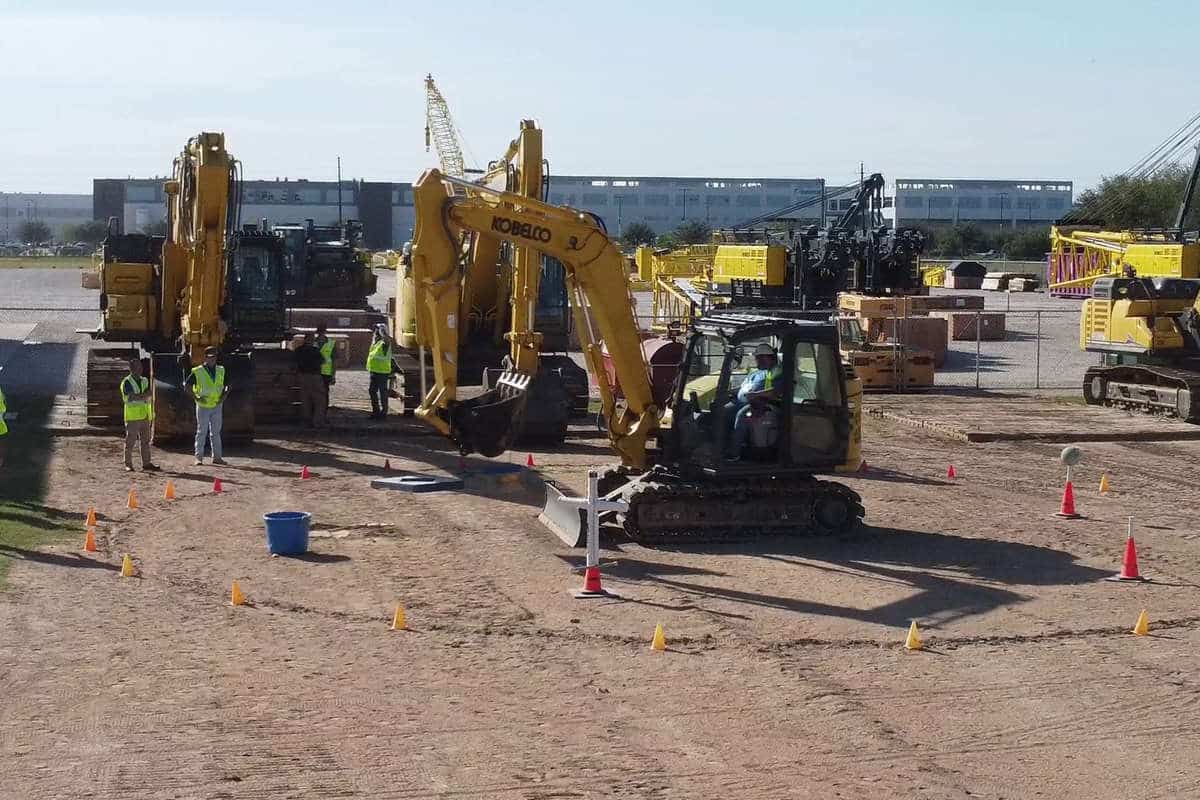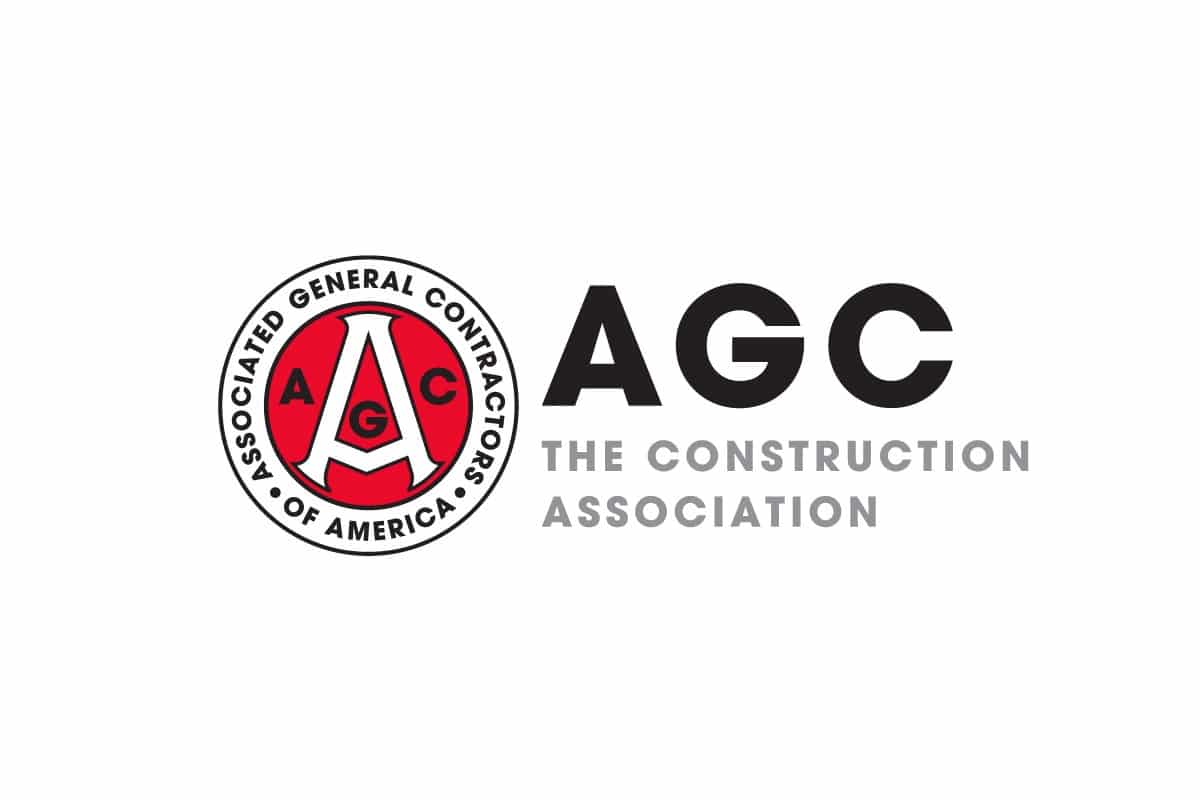Welding Workshop

Note: this article represents opinions culled from our experiences with welders in this market but does not, in any way, replace or supersede welding procedures established by utilities and other partner organizations. Always defer to established qualifications and consult with the proper authorities before altering welding procedures in any way.
Considerations for Equipment Selection
Gas Metal Arc Welding (GMAW or MIG) is the primary welding process used for welding pipe in this market, although there are some applications that still rely on the Shielded Metal Arc Welding (SMAW or Stick) process with 7018 Stick electrodes. These processes are preferred because they meet quality standards while also allowing welders to easily control heat input, particularly important when performing welding repairs on live lines without having to worry about burning through the pipe. Engine-driven welder/generators are capable of performing both of these processes and are the primary welding power source used in the field.
It should be noted that, while not currently used in this market with regularity, some utilities are currently examining and testing pipe procedures using the Self-Shielded Flux Cored Arc Welding (FCAW-SS) process for future applications. Many of the machine output ranges discussed below will also be suitable for welding with this process.
Welder/generators with constant voltage (CV) output provide superior MIG welding performance. Output requirements vary based on the type and diameter of wire you are using. A common wire would be an .035-in. ER80S-D2 solid wire. Typical loads range from 18 volts and 80 amps up to a maximum of 22 volts and 120 amps.
You will also need to match your welder/generator with a wire feeder. There are two options for field work: portable suitcase wire feeders with either remote voltage controls or voltage sensing capabilities. A remote control feeder offers voltage and wire feed speed control at the feeder and no mechanical contactor, which lowers its weight. These feeders require a welding generator with a 14-pin receptacle and an extra cord between the feeder and the welder. This limits this particular feeder to within 100 ft of the welder. A voltage-sensing wire feeder, however, works with any welder/generator, and is easy to hook up with no extra cord between the feeder and welder.
Voltage-sensing feeders lack voltage control at the feeder, but this can be overcome with the addition of wireless remote hand controls. Wireless remote hand controls are also suitable up to 300 ft away from the truck, giving the welder remote control capabilities at distances further away from the truck.
Selecting the right machine for Stick welding is based largely on the diameter of electrodes used. A 3/32-in. electrode welds up to 100 amps, a 1/8-in. electrode welds up to 145 amps, while a 5/32-in. rod experiences optimal performance at about 180 amps. Therefore, a welder/generator with a 100 percent duty cycle at 250 amps offers enough welding power to meet most Stick welding needs.
For utilities and contractors that may also use this equipment for field repair applications, it should be noted that most machines in the ranges noted above will also be able to run the Flux-Cored welding process, popular in that application for its higher deposition rates and efficiencies, and the fact that it is self-shielding.
Power Generation
Engine-driven welder/generators offer power generation capabilities ranging from 5,000 to 27,000 watts. Choosing the right one for your truck depends on the type of tools you run and if you need to simultaneously weld and run other tools. Knowing the wattage needed to run tools such as grinders (1,800 watts), cut-off saws (up to 2,400 watts) and air compressors (8,200 starting watts) will help you pick the right unit. Some units offer generator power independent from the welding arc. This allows two people to work off the same machine — one welding, one using power tools — without concerns of interaction with the welding arc.
Whether or not a welder/generator can be used to power pipe fusion equipment to join polyethylene pipe will depend on individual utility codes. Welder/generators offer more than enough generator output to power pipe fusion equipment, but some utilities require a 30-amp twist connection, disqualifying many welder/generators from consideration.
Space and Weight
The size and weight restrictions of your truck may also determine the type of welder/generator you choose. Units capable of performing these processes start out at about 485 lbs. Larger units that combine an air compressor with the welder and generator save space (compared to separate units), but can weigh up to 2,000 lbs. Other units are designed especially to direct airflow out the top of the machine, eliminating the chance of airflow being blocked when the unit is truck mounted. This can reduce overheating and extend the life of the machine.
Sound
For utilities that may be working in residential and urban areas, there may be restrictions on decibel levels produced at certain times of the day (before 7 a.m., etc.). Welder/generators are being designed to suppress sound and perform more functions at lower RPMs, substantially reducing sound output. If you regularly work in these environments, factor sound output into your selection and look for equipment that produces lower decibel levels.
Fuel
What type of fuel do you need or prefer? Most engine-driven welder generators are available in gasoline, diesel and LP. Gas engines offer a lower purchase price, reduced weight and a smaller size while diesel engines use 20 to 35 percent less fuel, have a longer engine life and are required on some sites. Choose whichever fuel option best suits your needs and work environment. New electronic fuel injected (EFI) gas welder generators further reduce fuel use by as much as 27 percent over carbureted models. Additional technologies allow for welding (up to a certain amperage) and power tool usage (up to a certain load) to be done at idle speeds. This helps further reduce fuel costs and extend runtimes.
A Few Tips to Ensure Weld Quality
Grind
It is important that welders remember to grind the joint down to the parent material prior to welding, as well as grind the inside and outside diameters of the pipe. The goal here is to reduce possible contaminants that may be present in everything from pipe coatings and mill scale to dirt, water and grease. Grinding in between passes is also recommended.
Feather Out Your Tacks
Tacking is critical to fit-up, and best practices recommend that the welder cut out and feather that tack to ensure the consistency of the final weld.
Properly Store Your Filler Metal
Filler metal will typically be matched to the base metal. A common wire used in this application is a carbon steel ER80S-D2, featuring molybdenum for increased tensile strengths, as well as manganese and silicon to control porosity and provide smooth, flat beads. Filler metal should be stored in a clean, dry area, and should remain unopened in its original packaging until use. Keeping the filler metal sealed helps prevent moisture from entering the package and degrading the filler metal.
Avoid Excessive Shielding Gas
The majority of the carbon steel pipe found in these applications will be welded with a straight carbon dioxide (CO2) shielding gas (although a 75/25 mix is sometimes used). Don’t turn that gas flow up too high, though. Excessive shielding gas can cause a number of problems: wasted shielding gas (resources and cost), increased and unnecessary agitation of the weld puddle and a convection effect that sucks oxygen into the weld and can lead to porosity. Each welder should understand how to set and adhere to the recommended flow rates.
It’s also important to weld out of the wind — consistency of the shielding gas is critical. While many of these welds take place in a trench (therefore, out of the wind), it may be necessary to erect wind-breaking structures to ensure the shielding gas is not swept away.
Fighting Porosity
Welders will often find that porosity begins just about the time that a gas cylinder was changed (loose connections, incorrect gas used), a new wire spool was put in, when someone didn’t prep the material properly (contaminants present in the weld) or if the material was contaminated somewhere else along the way. Most of the time, the problem is caused by an interruption or problem with the gas flow. Tracing back your steps will often lead to the variable that caused the porosity.
Chris Wierschke is a Product Manager and Jim Brook is a Welding Engineer for Miller Electric Mfg. Co. A special thank you to Jeff Krejcarek, Roger Van De Walle, Bradley Hansen and Lisa Prunty with The Integrys Group and Wisconsin Public Service for their input.




